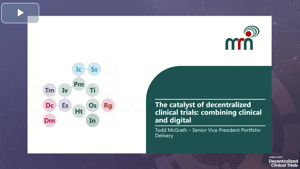CLINICAL SUPPLY REGULATORY ARTICLES
 Vendor/Supplier Management To Maintain A Drug's Safety Profile In End-To-End Supply Chain Planning
Vendor/Supplier Management To Maintain A Drug's Safety Profile In End-To-End Supply Chain Planning
FDA 21 CFR 211 requires vendor qualification as a part of the validation process and EU GxP requirements expect robust vendor management, and we expect regulators to issue firmer guidance sooner rather than later. Don't let your pharma/biotech fall short.
CLINICAL SUPPLY REGULATORY RESOURCES
-
Uncover how a small-sized biotech company was able to resolve critical regulatory CMC deficiencies to meet FDA requirements.
-
Explore how an innovative software platform can be used to create customized, user-friendly applications to digitize clinical secondary packaging processes.
-
Learn how by having a strategy for “core-to-carton” compliance, drug developers can avoid risks for patients and their company.
-
Delve into a solution that ensures the efficient delivery of trial materials worldwide, while navigating the challenges of more complex study designs and the ever-evolving regulatory landscape.
-
A reliable clinical supply chain strategy is as essential as a company’s discovery program. Seek a partner who can help guide a comprehensive strategy and manage day-to-day activities.
-
Gain the knowledge and skills needed to effectively navigate the complex clinical supply distribution landscape within this important and rapidly growing region.
-
Explore critical logistical requirements in autologous cell therapies logistics and learn how to overcome challenges and achieve successful and timely autologous cell therapy trials.























